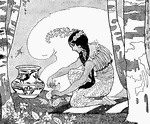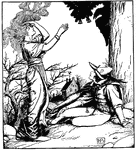Clipart tagged: ‘maiden’
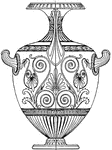
Greek Hydria
The Greek Hydria is used as a water-pot to carry water with from springs. Maidens carried it on their…
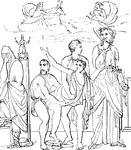
Sacrifice of Iphigenia
"The cut represents a painting from a wall at Pompeii, the subject of which is the sacrifice of Iphigenia,…
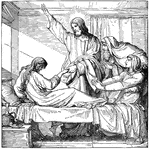
Christ Raising the Daughter of Jairus
"While he yet spake, there came from the ruler of the synagogue's house certain which said, Thy daughter…

Let Well Enough Alone
"A favorite household dog, to shield from harm, / A maiden kind, has knit some stocking warm, / Wishing…
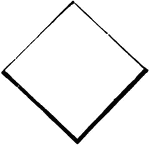
Lozenge Shield
"The escutcheons of maiden ladies and widows are painted on a lozenge-shaped shield." -Hall, 1862
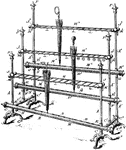
Umbrella Stand and Rack
A clotheshorse or clothes horse, sometimes called a clothes rack, drying horse, winterdyke, clothes…

Weston Coat of Arms
"The male figure is that of Sir John de Weston, of Weston-Lizars, in Staffordshire, and Isabel his wife,…
